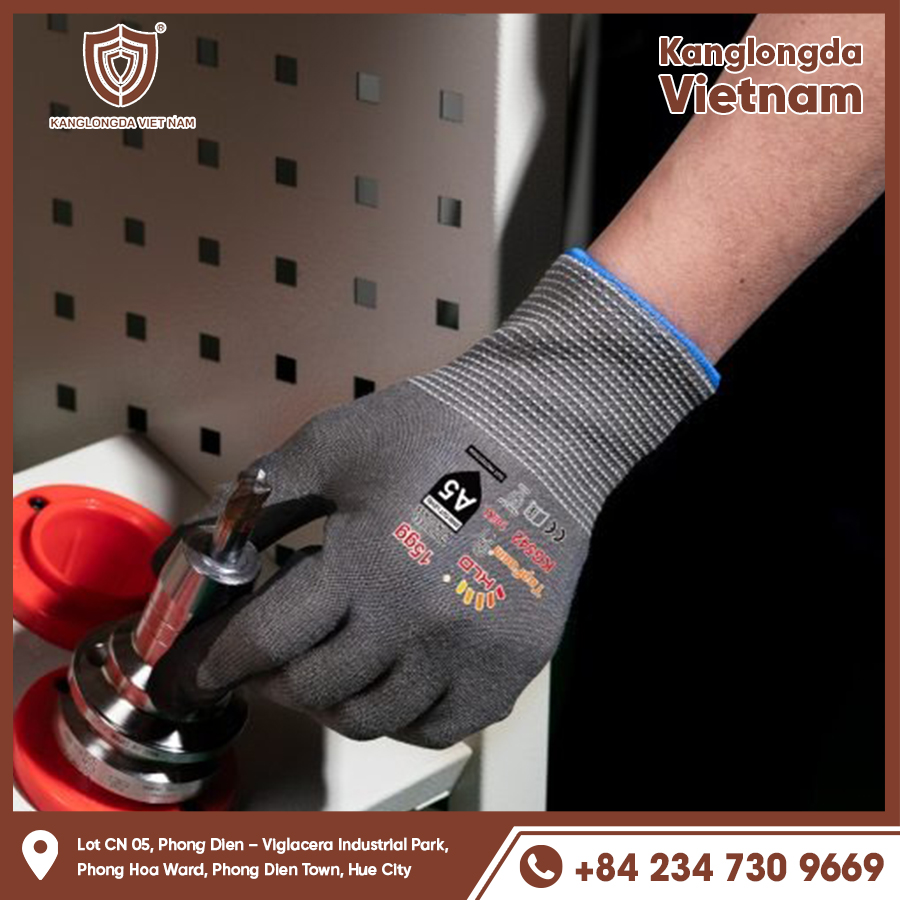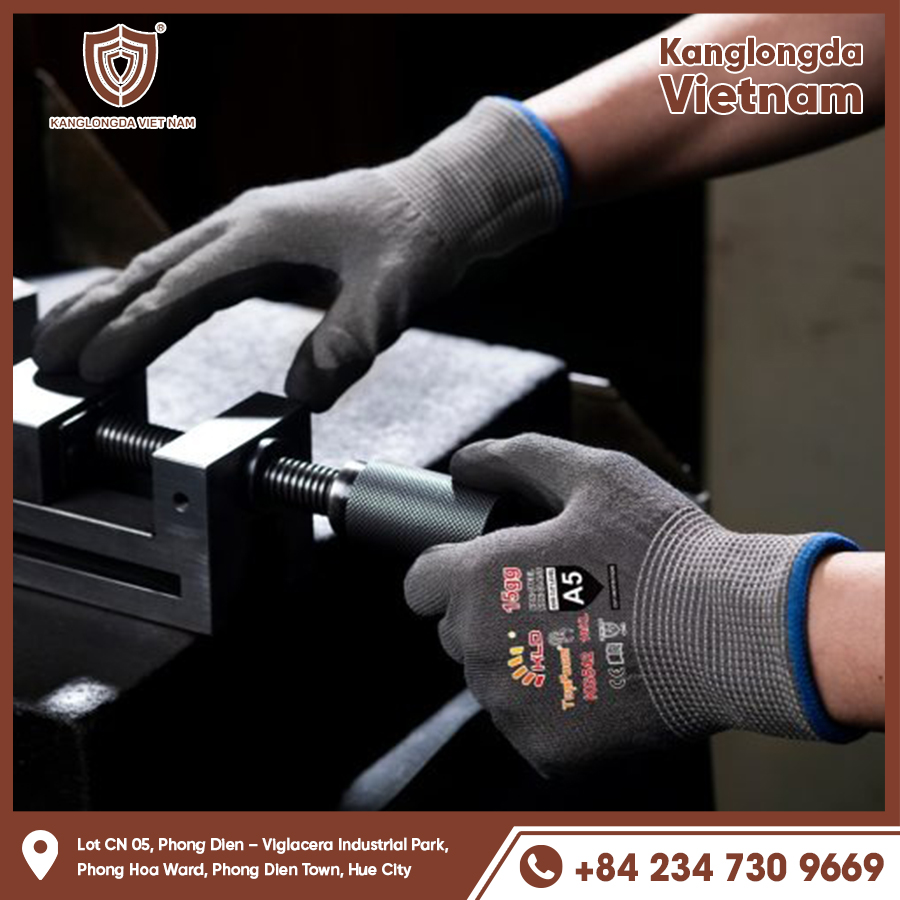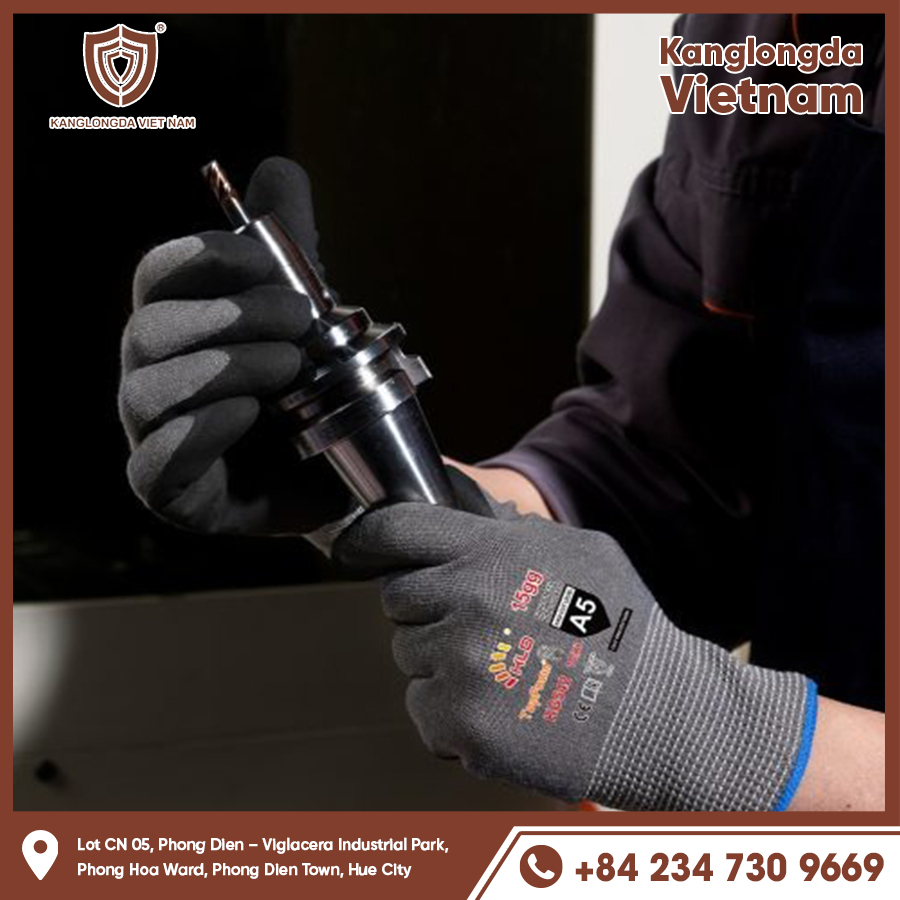When it comes to hand protection in demanding work environments, leather working gloves stand out as one of the most trusted choices. Whether you’re handling construction tools, performing heavy-duty tasks, or managing industrial machinery, your hands need proper shielding against abrasions, cuts, and weather. Leather gloves have long been favored for their durability, flexibility, and tactile performance, making them essential for professionals across numerous trades. In this comprehensive guide, we explore the materials, features, applications, and care tips that define quality leather working gloves and how to select the best pair for your needs.

Understanding the Value of Leather in Work Gloves
Natural Strength and Durability
Leather, being a natural material, offers exceptional strength that synthetic alternatives often struggle to match. It can withstand friction, heat, and sharp surfaces better than most fabrics. This makes it ideal for industries like construction, welding, and automotive repair. The natural toughness of leather helps it resist wear and tear, which extends the lifespan of gloves even under tough usage conditions. Over time, leather also adapts to the shape of the user’s hands, creating a more custom and comfortable fit without compromising its integrity.
Flexibility and Dexterity
One of the biggest advantages of leather is that it provides not only protection but also freedom of movement. Unlike rigid materials that limit motion, leather gloves allow wearers to maintain dexterity, making them suitable for detailed manual work. Workers who need to grip tools, manipulate small parts, or perform tasks that require finger control benefit from the glove’s natural flexibility. As leather breaks in, it becomes softer and easier to work in, which further improves comfort during long hours on the job.
Breathability and Comfort
Leather is a breathable material, which means it allows air to circulate around the hand. This reduces sweating and keeps the hands more comfortable during extended wear. When combined with a quality inner lining, leather gloves can provide warmth in cold conditions while still letting moisture escape. This balance of temperature control and protection is critical for those working in varied environments, especially in outdoor or seasonal industries.
Different Types of Leather Used in Work Gloves
Cowhide Leather
Cowhide is the most common leather used in working gloves due to its ideal balance of durability and affordability. It’s thick, strong, and resistant to punctures, which makes it a reliable choice for general-purpose work gloves. Its surface is smooth, offering a decent grip and strong barrier against heat and friction. Cowhide is also widely available, making gloves made from it relatively cost-effective without sacrificing protection.
Goatskin Leather
Goatskin leather is known for its superior dexterity and softness compared to other leather types. It contains natural lanolin, which gives it a slightly oily texture that enhances flexibility and comfort. This type of leather is especially popular for gloves used in tasks that demand precision, such as electrical work or mechanical repairs. Although thinner than cowhide, goatskin is highly resistant to abrasion and provides excellent tactile sensitivity for fine motor skills.
Pigskin Leather
Pigskin offers excellent breathability and is particularly suitable for wet or oily conditions. It dries faster than other leathers and doesn’t become stiff or lose shape when exposed to moisture. This makes pigskin gloves ideal for plumbing, farming, or outdoor construction tasks. Additionally, pigskin is quite rugged, offering good resistance to abrasions and punctures, making it a practical choice for those needing a dependable glove that maintains flexibility in damp environments.

Key Features to Look for in Leather Working Gloves
Reinforced Palms and Fingers
Many high-quality leather gloves come with additional layers or patches on high-impact areas such as the palms and fingertips. These reinforcements increase the glove’s lifespan and enhance its protection where it’s needed most. Reinforced areas help absorb vibration from power tools and offer extra grip strength, which is crucial in demanding work settings. Gloves with these features are especially useful for heavy-duty construction, logging, or machine operation.
Lining and Insulation Options
Depending on the work environment, you may need gloves with added insulation or interior linings for warmth and comfort. Fleece-lined or Thinsulate-insulated gloves are excellent for cold-weather tasks, while unlined gloves provide more breathability for hot environments. Some leather gloves also feature Kevlar or cut-resistant liners for added safety. The choice of lining can significantly affect both comfort and performance, so it’s essential to match the lining type to your job’s temperature and safety needs.
Cuff Style and Fit
The cuff design on leather working gloves plays a significant role in how secure and comfortable they feel. Options range from slip-on styles for quick removal, to safety cuffs that protect the wrist, to gauntlet cuffs that extend up the forearm. Adjustable closures, such as Velcro or elastic wrists, help keep debris out and ensure a snug fit. Choosing the right cuff style can also enhance mobility and compatibility with other safety gear like jackets or sleeves.
Common Industries and Applications
Construction and Carpentry
Leather gloves are a staple on construction sites and in carpentry workshops. Workers benefit from the grip, abrasion resistance, and flexibility these gloves offer when handling lumber, tools, or raw materials. In carpentry, they protect hands from splinters and sharp edges while allowing for accurate measurements and tool handling. Many tradespeople prefer cowhide or pigskin gloves in this field due to their strength and tactile balance.
Welding and Metal Fabrication
For welders, the heat resistance and fire protection that leather gloves provide are absolutely essential. Special welding gloves made from split cowhide or elk leather are designed to withstand extreme temperatures and molten metal splashes. These gloves often come with extended cuffs and are reinforced with heavy stitching for added safety. Dexterity is less critical in this field than insulation and durability, making thick, rugged gloves the preferred choice.
Landscaping and Agriculture
Leather gloves are also widely used in landscaping and agricultural tasks. Whether it’s pruning, planting, harvesting, or working with machinery, workers require gloves that shield against thorns, chemicals, and repetitive motion fatigue. Goatskin and pigskin options are often favored for their breathability and durability in outdoor conditions. Their ability to hold up to dirt, moisture, and abrasion makes them ideal for seasonal and year-round use in these sectors.
How to Choose the Right Leather Gloves for Your Work
Match the Glove to the Job
The first step in selecting the right gloves is understanding the risks and requirements of your job. Tasks involving sharp tools, heavy materials, or extreme heat demand specific glove characteristics. For general labor, cowhide gloves may suffice, but for intricate work like electrical repair, goatskin might be better. Identifying your core priorities—be it cut resistance, warmth, or flexibility—will guide your decision effectively.
Consider Sizing and Fit
Proper glove sizing is crucial to ensure both protection and comfort. Gloves that are too tight can restrict movement and cause discomfort, while loose-fitting gloves may reduce control and increase the risk of accidents. Try gloves on before purchasing if possible, or refer to a detailed sizing chart if ordering online. A snug yet flexible fit allows your hands to work efficiently without fatigue or slippage.
Evaluate Budget and Longevity
Leather gloves come at various price points, and while budget options are appealing, investing in a well-constructed pair often pays off in the long run. Cheaper gloves may wear out faster and lack protective features, whereas premium gloves with reinforced stitching and high-quality leather can endure rugged use for extended periods. Consider your work frequency, the environment, and how long you expect the gloves to last when weighing cost versus durability.
Maintenance and Care for Leather Work Gloves
Cleaning Leather Gloves
To maintain the integrity and longevity of leather gloves, regular cleaning is essential. Begin by brushing off surface dirt with a soft cloth or brush. For deeper cleaning, use a damp cloth with mild soap and avoid soaking the leather, which can cause it to harden or crack. After cleaning, allow the gloves to air dry naturally and away from direct heat sources to prevent shrinking or damage.
Conditioning and Softening
Leather can dry out over time, especially with repeated exposure to water, sunlight, or cold. Applying a leather conditioner helps retain the gloves’ softness and flexibility. Use a small amount of conditioner and rub it evenly over the glove’s surface, then allow it to absorb fully before use. This not only keeps the leather supple but also helps protect against cracking and splitting.
Proper Storage
Store your leather gloves in a cool, dry place away from direct sunlight or moisture. Avoid folding or compressing them to prevent creases or deformities. Hanging them or laying them flat ensures they maintain their shape and remain ready for the next task. Regular maintenance and storage habits extend the life and reliability of your gloves significantly.

Leather working gloves continue to be a trusted companion in countless industries thanks to their unparalleled durability, comfort, and protective capabilities. From construction sites to farms, from cold climates to high-heat environments, these gloves adapt to meet the needs of professionals who rely on their hands every day. Understanding the different leather types, glove features, and care methods allows you to choose the perfect pair tailored to your specific tasks. With the right leather working gloves, you not only protect your hands—you enhance your productivity and ensure long-term comfort on the job.
Thời Gian Đăng: 30/05/2025






